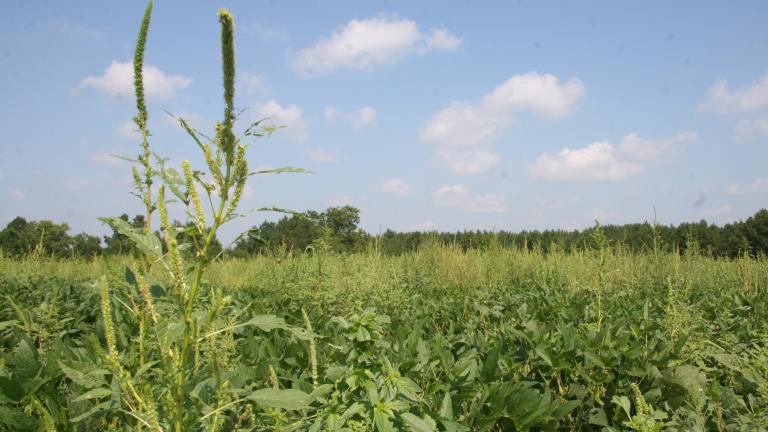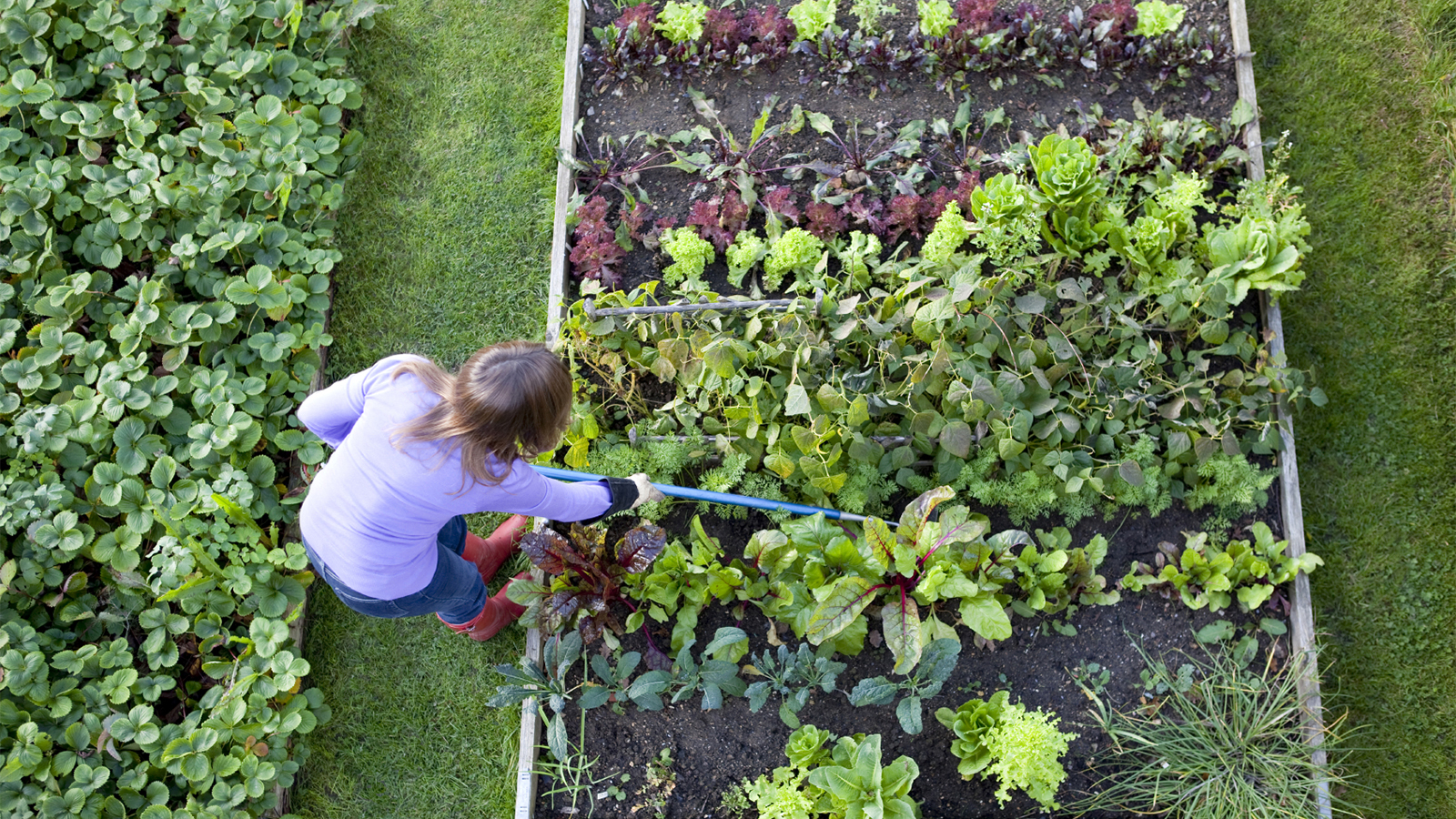Send your question to Umbra!
Q. I am able to buy from our local newspaper company the ends of their rolls of newsprint. They are too small to be run through the machinery, so they are not printed on. I am considering using long strips of this unused newsprint as mulch in my vegetable garden, but I’m wondering if it will supply dioxins or other undesirable chemicals to the soil as it degrades?
Peter
Greensboro, N.C.
A. Dearest Peter,
What’s black and white and read all over, and protects your veggies from weeds? Newsprint, that liner of birdcages and bulker of papier-mache projects everywhere, is also often touted as a useful garden or compost additive. But is it really safe to lay the classifieds alongside your cucumbers?
In your case, it sounds like we don’t even need to consider any inks (head over here for that discussion) – it’s just a matter of whether or not that familiar, ashy-gray newsprint passes environmental muster. I won’t make you wait for the answer here, Peter: It does. The paper, composed primarily of wood fibers, breaks down rather slowly, making it an effective option for weed control that doesn’t introduce anything undesirable into the soil. If you decide to go this route, the West Virginia University extension has some tips for you.
You mention that you’re specifically worried about dioxins, so you probably know that these cancer-causing, hormone-disrupting, all-around-nasty chemicals are a byproduct of paper-bleaching processes that use chlorine (among a number of other sources). Fortunately, though, “There is no reason to expect there to be dioxins in newspaper,” notes Martin Hubbe, professor of paper science at North Carolina State University, via email. Newsprint is instead typically bleached with the more environmentally benign hydrogen peroxide.
This isn’t necessarily the case for other white paper products, such as glossy magazine paper, paper towels, or coffee filters, by the way, but any chemical present is in such small amounts as to be considered safe by the EPA. If you’d rather keep your arugula as dioxin-free as possible, though, keep that in mind and steer clear of bleached papers.
Still, paper products in the garden are small potatoes when it comes to dioxins. About 90 percent of our exposure comes to us right on our dinner plates, especially if we’re having fish, shellfish, dairy, or fatty meats. Here’s how it happens: Dioxins are released into the atmosphere through industrial processes (like bleaching, chemical manufacturing, or coal burning), burning trash, vehicle exhaust, or even forest fires. The nefarious particles are swept far and wide, then settle on our crops, grasses, aquatic plants, and soils, to be eaten by unsuspecting sea and land creatures. The dioxins build up in fatty tissue, and – you see where we’re going with this?
So, really, the primary reason to avoid bleached paper and other dioxin-producing purchases (like vinyl, pesticides, and herbicides) is not so much to protect our homes and gardens individually, but to shield the environment from further mass accumulation. We’re all in this boat together, Peter.
That said, we’d be wise to take a few precautions to reduce our risk of exposure, and that goes double for pregnant women and kiddos. You’re already on top of one tip: Eat more greens! The veggies in your backyard, along with fruits and grains, harbor the lowest levels of dioxins. (Unless you regularly burn tires out back. Then I’d rethink the garden produce.) Cut down on fatty meats and dairy, and when you do eat fish, poultry, or meat, remove the skin before cooking and trim as much fat as possible. Don’t smoke, and don’t burn household garbage (duh). And of course, vote with your dollar and choose chlorine-free products. Someone explain to me why, exactly, our toilet paper needs to be pearly white?
Mulchily,
Umbra



